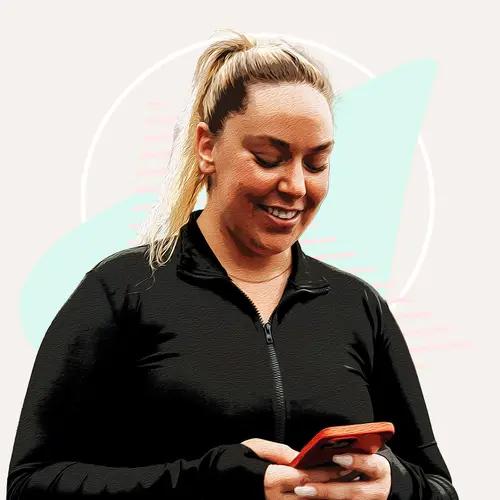The thrive diet is centered on raw, vegan foods. It was designed by Brendan Brazier, a former professional athlete. If you follow the thrive diet, you don’t have to count calories or measure out portions of food. Instead, you eat several small meals over the course of the day.
The goal is to eat nutritious foods and keep your blood sugar and energy level stable throughout the day. The thrive diet claims to:
- Help you lose weight
- Relieve stress
- Stabilize blood sugar levels
- Improve your energy
Understanding The Thrive Diet
The foundation of the thrive diet is to focus on eating raw ingredients instead of processed, fatty foods. More and more people are leaning toward fresh fruits and vegetables instead of following fad diets that offer short-term results.
A raw food diet is healthy, but it does leave gaps in your nutrition. This is especially true if you’re vegan and you don’t eat any animal products.
The thrive diet mainly consists of uncooked, unprocessed foods. But you can prepare your fruits and vegetables in these ways for variety:
- Juicing
- Soaking
- Drying
- Sprouting
The diet is centered around raw, vegan foods, but you can put different spins on it:
- Raw vegan diet. Fresh fruits, vegetables, whole grains, and beans make up your diet. You don’t eat any animal products, including eggs and dairy.
- Raw vegetarian diet. Meat and seafood are excluded, but you can eat eggs and dairy products. The bulk of your diet is fresh fruit and vegetables, whole grains, and beans. Processed foods of any kind are discouraged.
- Raw omnivorous diet. You may work meat and dairy into your diet. The emphasis is still on foods that are raw and unprocessed.
Switching to a raw diet may be a slow process as you cut out processed foods and add in more raw foods. Your body may need to adjust as you switch to a new way of eating and thinking.
Listen to your body and eat what feels best to you. You may do great with mainly raw foods, or you may do better with a split between raw and cooked foods. The thrive diet doesn’t have to be all or nothing. Do your best to stick to raw foods, but don’t feel bad if you cheat for a meal here and there.
Impact of The Thrive Diet on Your Health
Raw fruits and vegetables that remain unchanged by cooking or processing often have the most nutrients. When you heat food, it removes some of the nutrients and may also break down fiber.
You can mix it up by juicing, blending, chopping, dicing, or shredding your food. Most people who strictly follow a raw diet commit 75% of their eating plan to raw food. Others use 50% to 75% raw foods, with more room for cooked meals.
Raw plants give you many vitamins, minerals, enzymes, and phytochemicals that are often lost during cooking. Eating a raw diet fills your body with these nutrients. Allicin is a phytochemical found in onions and garlic that has natural antibiotic properties. Raw cacao that hasn’t been processed is rich in antioxidants that fight disease and reduce inflammation.
Benefits of The Thrive Diet
Weight loss. The thrive diet prioritizes foods that are filling and nutrient-dense but low calorie. You can eat more of these foods without measuring and counting, because it’s harder to overeat when you feel full faster. This aids in weight loss, since your body doesn’t have extra fat and sugar to process.
Also, fruits and vegetables are high in fiber, promoting health and complete digestion. Even if you don’t stick to the raw diet 100%, you can still lose weight. By eating mainly raw foods, you leave less room in your diet for processed and sugary stuff that leads to weight gain.
Overall health. Processed and sugary foods keep your body from working at the highest level. The thrive diet encourages you to fill up on foods that fuel your body to improve your health.
Risks of the Thrive Diet
Nutrients. While fruits and vegetables are full of nutrients, it’s still possible to have gaps in your diet. Make sure you eat a wide variety of fruits and vegetables to fill in nutrient gaps.
If you don’t eat or drink dairy, eat leafy greens that are rich in calcium. If you don’t eat animal meat, fill up on beans and nuts that are rich in protein.
Some medical professionals say that while a raw diet is a great way to clean up your diet, it isn’t sustainable long-term. You should talk to your doctor before starting a raw diet. They can help you understand the risks and make the right decision for you.

